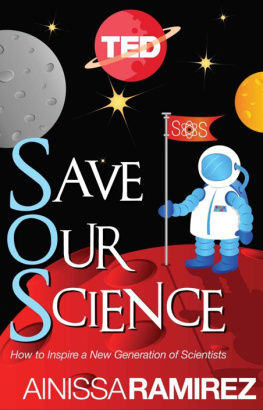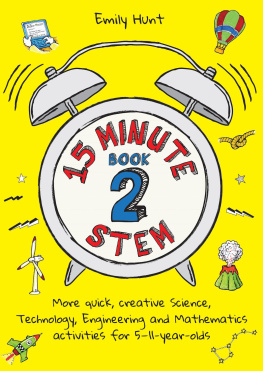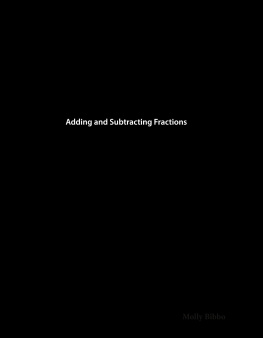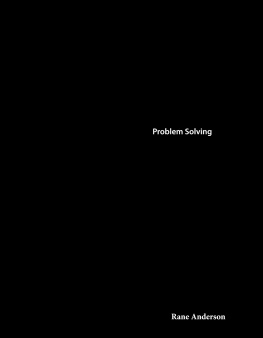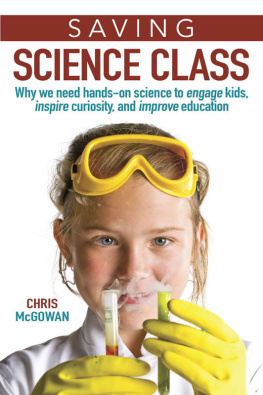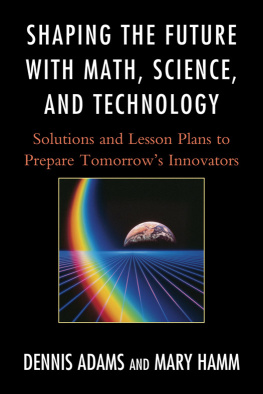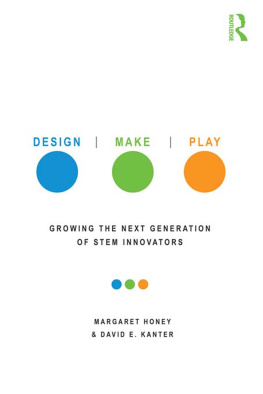Table Of Contents
Introduction: A new kind of learner
Listennow, for the sound that forevermore separates the old from thenew:
Beep beep beep beep.
NBC radio announcer introducing the first transmitted soundsfrom the Soviet Sputnik satellite (Oct. 4, 1957)
Just as the first faint electronic sounds from an orbitingsatellite marked a transformative advance in international sciencemore than a half-century ago, we are now beginning to hear newsignals of a similar dramatic and important shift with ourchildren, their schools, and our educational system.
The 21st century requires a new kind of learner notsomeone who can simply churn out answers by rote, as has been donein the past, but a student who can think expansively and solveproblems resourcefully. The traditional academic skills of reading,riting, and rithmetic must be replaced with creativity,curiosity, critical thinking and problem solving, and collaborativeand communication skills in order to solve the complex problems oftomorrow.
Every year, millions of children enter kindergarten armed with aone-word key question: Why? Curious and interested, theyunceasingly ask for explanations about everything and anything.Parents and caretakers do their best to come up with answers to theproblem at hand, but behind each childs question is anotherfollow-up question. And another. And another. As trying as thisprocess may be for adults, this constant questioning is a vitalactivity for children. Their brains are busily creating pathways;they are learning, and just as importantly learning how tolearn. They are miniscientists trying to understand how the worldworks.
But when these curious creatures start school, sadly, along theway, the unending questions begin to fade away. As a long-timeinstructor, Ive become accustomed to this silence in my materialsscience class, particularly when I am teaching something that isunfamiliar to most students and might be challenging. Ill pauseand ask, Any questions? Often, there are none. Students willslouch in their desks and avert their gaze as I try to make eyecontact. They cannot show weakness. They want to say something butoften second-guess their own curiosity, wondering if asking anyquestion will make them look stupid in front of theirclassmates.
The artist Pablo Picasso once said that all children are bornartists and that the trick is to stay that way as an adult. I wouldadd this: All children have an inner scientist, and we need to getthem in touch with their inner scientist again. I believe the wayto do this is to improve science, technology, engineering, and math(STEM) education.
As a scientist and inventor who holds more than six patents, asa longtime professor at Yale University, and as someone who hasalways been passionate about getting kids excited about science, Ihave made it my goal to better explain the need for and importanceof STEM. And thats at the core of this book.
First, some basics. While the acronym STEM sounds veryimportant, STEM answers just three questions: Why does somethinghappen? How can we apply this knowledge in a practical way? How canwe describe what is happening succinctly? Through the questions,STEM becomes a pathway to be curious, to create, and to think andfigure things out. Our children need these skills for their futureas workers in the changing economy, and STEM is a critical route toget them there.
The components of STEM not only build economies, but also buildchildrens minds and provide an ecology that is needed for theiremotional and intellectual development. STEM supports growth inareas like interacting with others and with ones surroundings,building concepts, forming connections, engaging in communication,and seeking discovery. These are developmental stages that makechildren whole, empathetic, resilient, creative, and happyadults.
Imagine that knowledge is a multisided box. When we teachchildren to simply memorize material so they can pass tests, wegive children access to the knowledge on only one side of the box.So when life tosses this box up (as it certainly will), it may notland on a side that is visible and accessible. In this case, thekids dont have access to the knowledge.
The end-result answers are not the only things that kids need toknow. They need to learn to navigate the course of acquiringknowledge essentially, to get to the answers by being curious andcoming up with a lot of questions, a lot of whys. They need to getaccustomed to learning from different directions, playing withconcepts, and figuring out how to ask the whys in order to gainaccess to knowledge. This process is more important than having theknowledge itself, and it is why we must step away from memorizationand get back to figuring things out in a variety of ways. This isone of the most important skills of the 21stcentury.
STEM is also a sure way to increase creativity. Most scientistsand engineers may be reluctant to admit this because they thinkbeing creative somehow implies less hard science, but the realityis that the best scientists are some of the most creative peopleout there.
There are two schools of thought on defining creativity:divergent thinking, which is the formation of a creative idearesulting from generating lots of ideas, and a Janusian approach,which is the act of making links between two remote ideas. Thelatter takes its name from the two-faced Roman god ofbeginnings, Janus, who was associated with doorways and the idea oflooking forward and backward at the same time. Janusian creativityhinges on the belief that the best ideas come from linking thingsthat previously did not seem linkable. Henri Poincar, a Frenchmathematician, put it this way: To create consists of making newcombinations.... The most fertile will often be those formed ofelements drawn from domains which are far apart.1 Manygreat thinkers use this approach. Albert Einstein figured out thetheory of relativity by removing the notion of gravity (whichalways exists).
Divergent thinking is the kind of creativity exhibited by ThomasEdison (a STEM superhero) when he would try every combination untilthe right one presented itself. He tried hundreds and hundreds ofexperiments with a variety of different materials to get the rightfilament for the light bulb before finally settling on carbon.
There is also a business case to be made for STEM education. Ithas been predicted that in the U.S., the growth of STEM-relatedjobs will nearly double the number of non-STEM jobs from 2008 to2018, at a rate of 17 percent.2 STEM jobs also offerhigher wages. The products and inventions of STEM-related jobs areeverywhere. STEM has brought us cell phones, microwave ovens, theInternet, GPS, cars, highways, pasteurized foods, clean water, andrefrigerators, and this is just the technology you use beforelunchtime. To make these creations possible, someone asked aquestion and pursued an answer.
My training as a scientist allows me to stare at an unknown andnot run away, because I learned that this melding of uncertaintyand curiosity is where innovation and creativity occur. Science hastaught me the power of persistence and patience, and also has shownme that failure is a friend. My curiosity fuels and motivates memore than any shiny bobble could, and my ability to understand andthink gives me a love and admiration for the planet matched only bymy esteem for artists and saints. For me, not knowing STEM would belike having a partially translated poem: Some of the beauty getslost. Knowing STEM inspires me to make the world a better place andgives me the tools to do so. My passion is to make it possible forothers, especially the next generation, to experience this vantage,too. In the next few chapters, Ill spell out our STEM history inthis country, what habits we need to change to make STEM fun again,and most important, how to increase every childs participation inengaging STEM. A STEM mindset is one of the best legacies we canleave our children.

